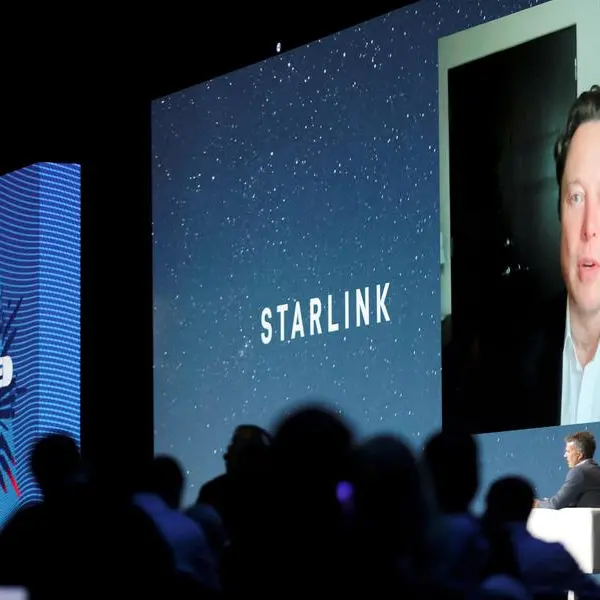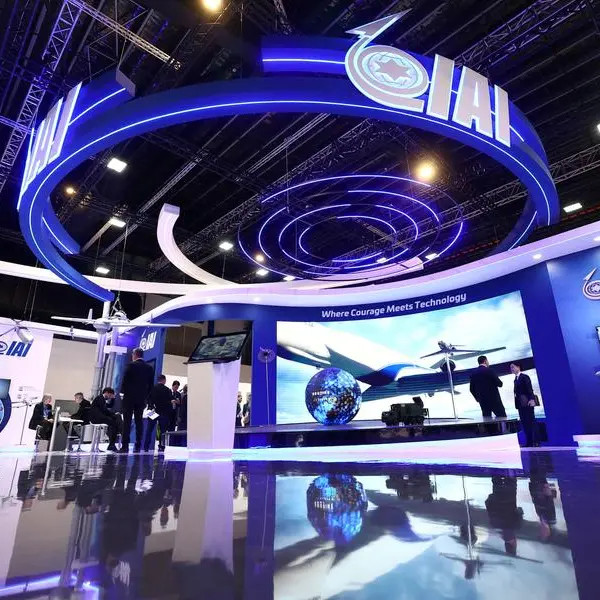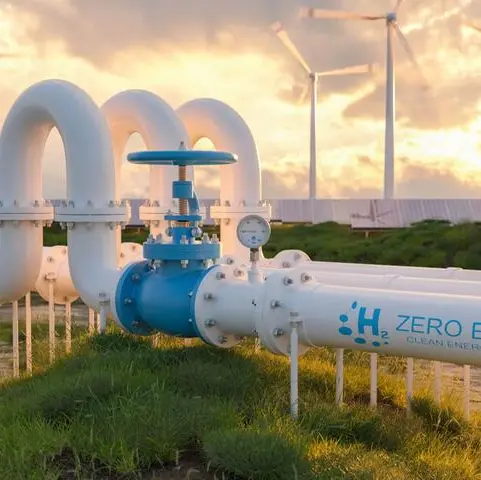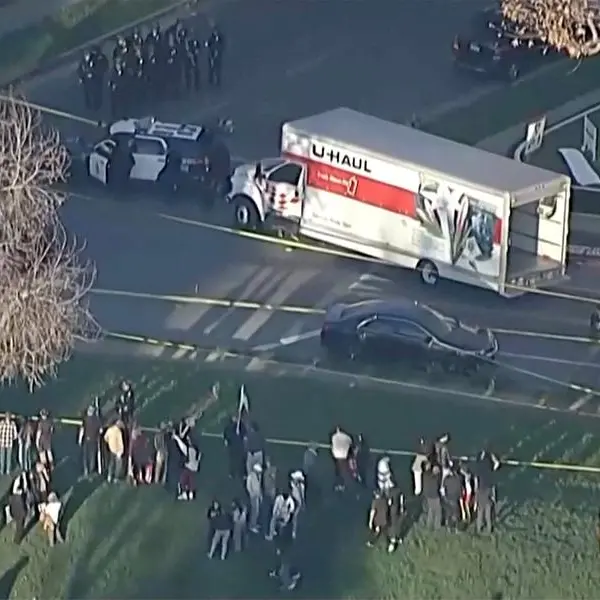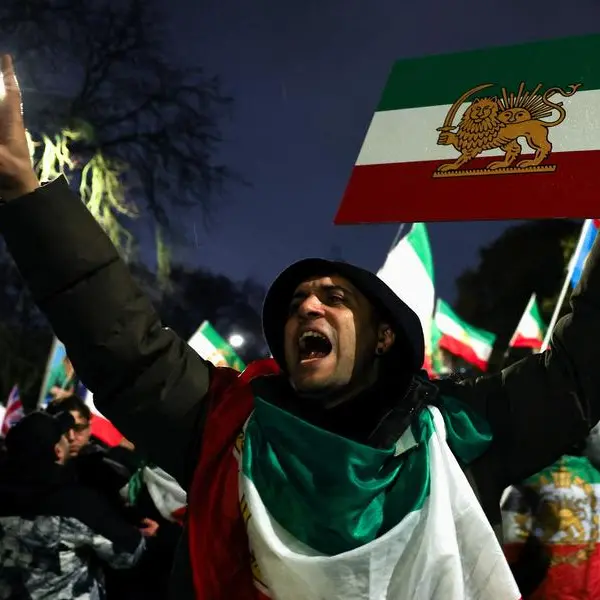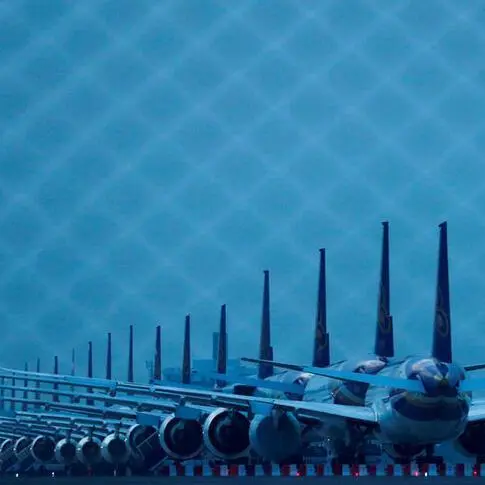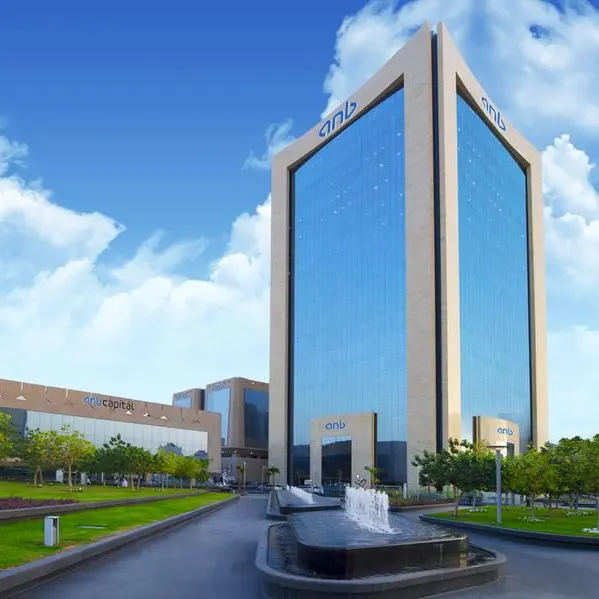Emirati astronaut Sultan AlNeyadi speaking in Arabic from the International Space Station (ISS) addressed everyone on Earth while extending his gratitude after being welcomed at the orbiting station.
Speaking in English later from the microgravity environment, AlNeyadi thanked his family, the UAE leadership, the Mohammed Bin Rashid Space Centre (MBRSC) and the entire UAE gathering as a big family. He added "the UAE, in cooperation with international partners, is helping in pushing the boundaries of science for the benefit of humanity…Go Dragon, Go Space X!"
The SpaceX Crew Dragon Endeavour docked at the station’s Harmony module at 10.40am UAE time on Friday.
What happens at rendezvous with the ISS?
At rendezvous, both the space shuttle and the ISS have an orbital velocity of 28,000 km/hr (approximately 17,500 mph). Their relative translational velocities, however, are zero. As the docking process begins, the space shuttle uses its thrusters to approach the ISS.
Where there is a collision, there is an energy transfer and as both the space shuttle and ISS together are effectively one isolated system, and since energy is conserved, the energy of impact must remain within the system.
For this reason, the Orbital Docking System (ODS) is constructed to damp out the energy of the collision, as well as perfectly align the docking rings of both vehicles. This ensures an ideal seal between the space shuttle and the ISS.
Delay in docking and the eventual welcome of Crew 6
Docking was delayed slightly today, as mission teams completed troubleshooting a faulty docking hook sensor on Dragon.
Ground teams verified that all of the docking hooks were in the proper configuration and software override was developed for the faulty sensor that allowed the docking process to successfully continue.
Eventually, leak checks were conducted for an hour and a half before the hatches of both the ISS and Crew Dragon were opened to allow Crew-6 members to enter the ISS.
Inside the ISS, monitoring the Dragon’s approach was astronaut Josh Cassada, flight engineer of Expedition 68.
Finally, welcoming Crew 6 were seven members of Expedition 68. This included four members of Crew-5 and three who arrived on Russia’s Soyuz MS-22.
First to ‘float’ into the ISS was Nasa mission commander Stephen Bowen, followed by Nasa pilot Warren Hoburg, then UAE astronaut Sultan AlNeyadi Roscosmos cosmonaut Andrey Fedyaev.
Kathyrn Lueders, associate administrator for NASA’s Space Operations Mission Directorate in Washington addressing Crew 6 (after their welcome) said, “There was a little bit of anticipation for the Crew 6 folks making it a little bit longer before you got to station but as always it’s so great to see all of you come safely to the hatch enjoying with crew members on the station.
"The next six months will just be packed with very critical events. One of the first critical events is to get the Crew 5 crewmates to come back to Earth. We are looking forward to all the great science and hopefully a couple of EVAs and you’ll have a few more crew vehicles coming on during this period of time too. We are proud of you.”
Meanwhile, Al Neyadi also flaunted the Crew 6 mascot ‘Suhail’ from space. The character was created by MBRSC to inspire the youth and children to take interest in STEM.
Addressing the newly arrived flight engineers Hamad Obaid AlMansoori, Chairman, MBRSC said, “Congratulations to Sultan, and others as well as the little astronaut Suhail for your successful arrival to the ISS. Your mission to space represents a huge milestone for SpaceX, NASA and the UAE. Crew 6 you’ve become part of our community back home in the UAE.”
Handover activities to take place over the next five days
Once the safety briefing was concluded and post orientation for the newly arrived crew members, 11 crew members get into an extended sleep period throughout the day on Friday, catching their breath after a hectic week.
Handover activities between Crew 6 and Crew 5 will span over the next five days in order to make sure that Crew 6 can begin its increment in earnest.
During the six-month mission, Sultan AlNeyadi will collaborate with NASA, the European Space Agency (ESA), the Canadian Space Agency (CSA), Japan Aerospace Exploration Agency (JAXA) and the National Centre for Space Studies (CNES) to conduct 19 scientific studies across a wide range of topics. These topics will include cardiovascular and immune system health, back pain, technical demonstrations, epigenetics, fluid science, plant biology, material science, sleep analysis, and radiation.
In addition to the scientific research, the mission will also incorporate educational outreach efforts designed to inspire and engage the next generation of scientists and explorers. The MBRSC is currently funding two research projects from the Mohammed Bin Rashid University of Medicine and Health Sciences (MBRU), both of which will be included in the Crew-6 mission.
The first project will assess how the microgravity environment of spaceflight affects cardio-postural interactions, while the second will investigate dental/oral cells in a simulated microgravity environment on Earth. These projects will engage students and researchers, enabling the development and qualification of future generations of scientists.
Copyright © 2022 Khaleej Times. All Rights Reserved. Provided by SyndiGate Media Inc. (Syndigate.info).

